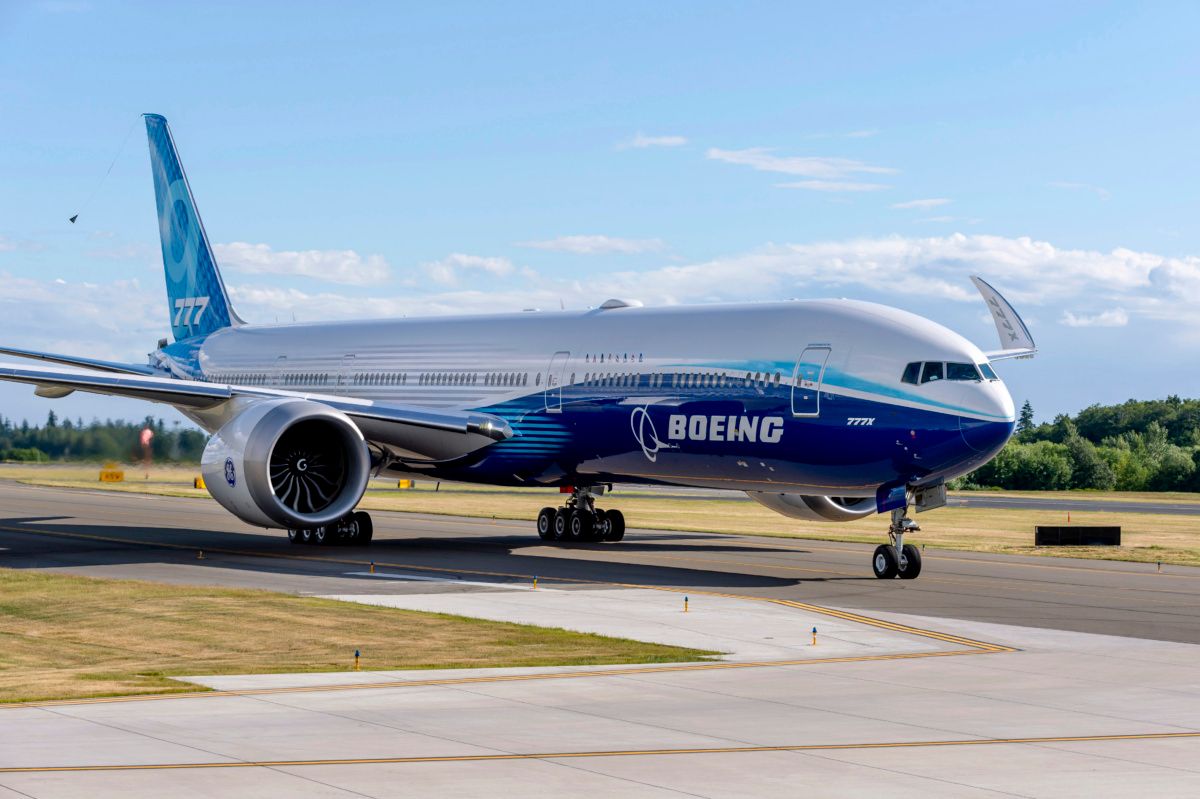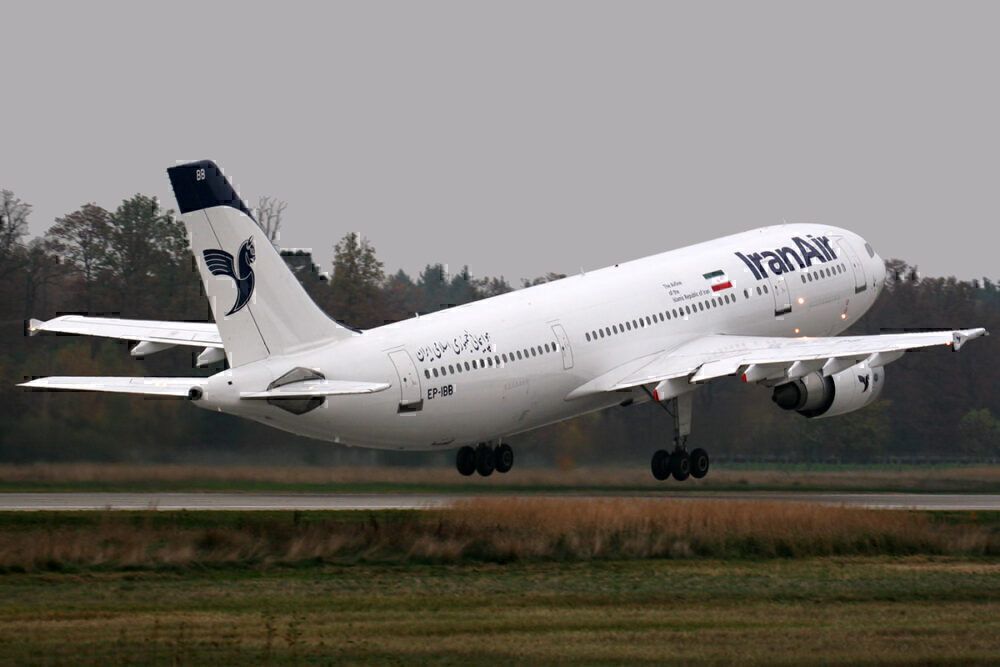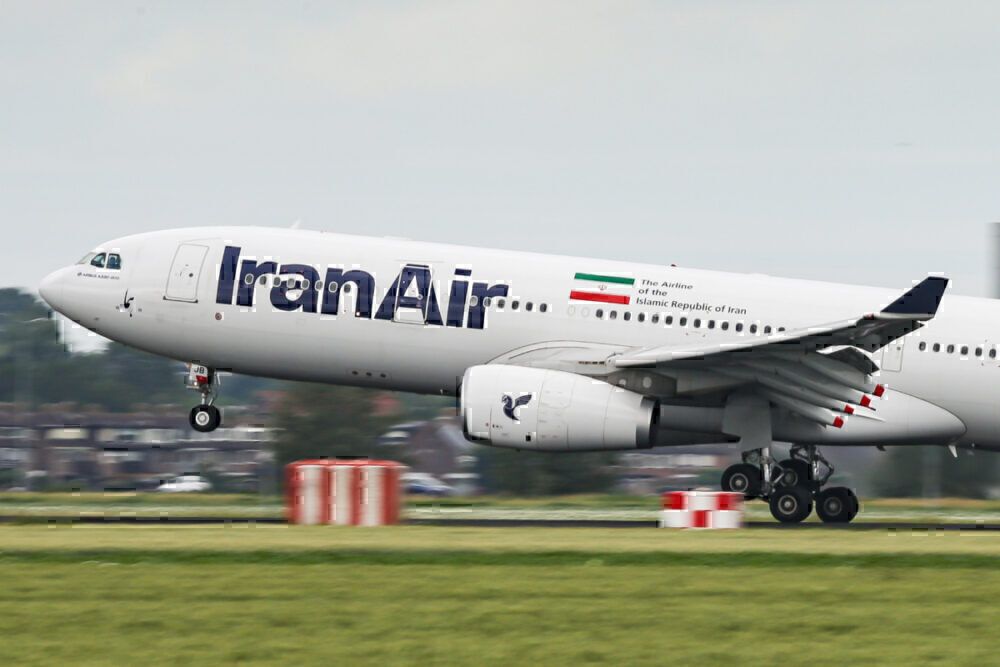Nearly four years ago, Iran Air placed a hefty order with Boeing. The airline wanted 80 planes up all, including 15 Boeing 777-9s. That order would have helped transform Iran Air and double its current fleet size. For Boeing, the order was a boon. It was worth around US$9.5 billion and would have helped support 100,000 jobs. But then, of course, things happened.
Sanctions lifted, then reimposed again
Relations between the United States and Iranian Governments had long been tense. That made things difficult for a US-based aircraft manufacturer. Perhaps it also helps explain why the vast bulk of Iran Air's existing fleet is comprised of Airbus aircraft.
In 2016, the United States President Barack Obama lifted a decade of sanctions preventing the sale or export of civilian passenger aircraft to Iran. At the time, Iran Air had a fleet of over 200 planes. But that fleet was aging and needed modernizing. Because of the sanctions, getting spare parts to repair existing aircraft was a problem, and around 40% of the fleet sat grounded. Earlier this year, the fleet size was down to about 40 aircraft.
Seeking to avoid that fleet downsize, state-owned Iran Air wasted little time placing big orders with both Airbus and Boeing. In December 2016, Boeing announced an order from Iran Air for 80 aircraft that included 50 737 MAX 8s, 15 777-300ERs, and 15 777-9s. At the time, Boeing was careful to explain that the order complied with the terms of the United States Government license issued to sell to Iran.
Stay informed: Sign up for our daily aviation news digest.
A tough new President with little time for Iran
Twelve months later, a new United President was elected. Donald Trump was considerably tougher on Iran than Barack Obama. Shortly after taking office, President Trump pulled out of the Iranian nuclear deal and re-imposed sanctions.
That meant the sales license Boeing had to sell to Iran was void. While the first aircraft from the order was set to get delivered in 2018, Boeing now only had a 90-day window in which to do so. That 90 days wasn't long enough, and no Boeings went to Iran Air.
By May 2018, the order was dead in the water. Boeing's then CEO, Dennis Muilenburg, was reported telling Wall Street analysts that; “we have no Iranian deliveries that are scheduled.”
Iran Air has more luck with Airbus
Of course, hindsight is a fine thing. There were 50 Boeing 737 MAXs in that order. You could argue Iran Air dodged a bullet there. Equally, the 777-9 has been trouble-plagued. There are high hopes for the plane, but it only made its first test flight this year, way behind schedule.
In addition to the lost Iran Air order, Iran's Aseman Airlines had seized the window of opportunity to order 30 Boeing 737 MAXs.
Iran Air's order with Airbus also collapsed in the wake of President Trump's sanctions decision. Airbus was set to deliver 118 aircraft to Iran Air, including 12 A380s. But unlike Boeing, Airbus did manage to get three planes to Iran, including one A321 and two A330s.
While Boeing doesn't have much control over what the United States Government does, it probably does suffer from being a United States-based business - at least from an Iranian viewpoint. Iran's relationship with Europe has always been less tense, and that benefits Airbus. When sanctions do get lifted again, and sometime down the track they will, Iran Air will try its luck again, but it may well turn to Airbus first.



